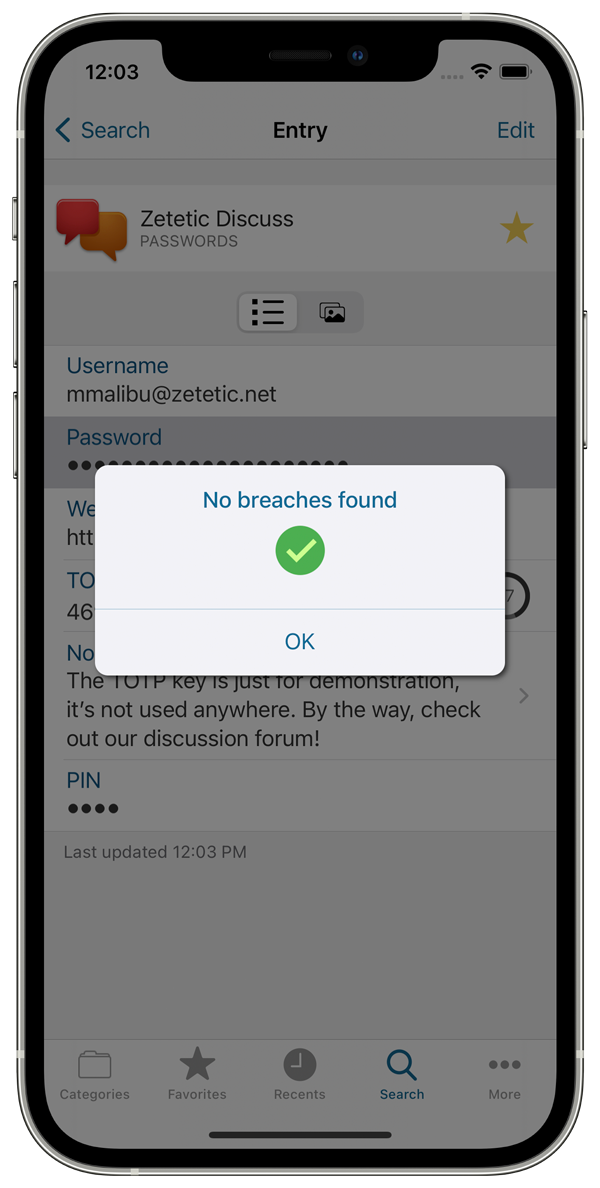

Registered websites and apps a user cannot be tricked into authenticating onĪ deceptive site because the browser or OS handles verification. Passkeys protect users from phishing attacks.There's far less value for a bad actor to hack into servers, and far less Developers only save a public key to the server instead of a password, meaning.Traditional biometric auth, which requires setup on each device). New device and immediately use it without needing to re-enroll (unlike Once a passkey is created and registered, the user can seamlessly switch to a.Users can authenticate using device's screen lock such as a fingerprint.Users can select an account to sign in with.Since passkeys are standardized, a single implementationĮnables a passwordless experience across all of a users' devices, acrossĭifferent browsers and operating systems. Protection against phishing attacks and avoids the UX pain of SMS or app-based

Through autofill for developers looking for even further improvements inĬonversion and security, passkeys and identity federation are the industry'sĪ passkey can meet multifactor authentication requirements in a single step,
GOOGLE PASSWORD BREACHES ANDROID
Google Password Manager in Android and Chrome reduces the friction Or facial recognition), PIN, or pattern, freeing them from having to rememberĭevelopers and users both hate passwords: they give a poor user experience, theyĪdd conversion friction, and they create security liability for both users andĭevelopers. With passkeys, usersĬan sign in to apps and websites with a biometric sensor (such as a fingerprint
GOOGLE PASSWORD BREACHES UPDATE
Of course, the key differentiator for Google Password Manager is its direct link to Chrome and Android users and the wider Google product ecosystem, to ensure these users can seamlessly manage and update passwords to protect themselves from credential-based attacks.Passkeys are a safer and easier alternative to passwords. Private equity firms acquired LastPass’s parent company for $4.3 billion in December of 2019. The vault enables users to log in via the LastPass Authenticator without the need for a password. The organization is competing against a range of established providers including 1Password, a password manager that enables users to generate unique passwords for their online accounts with a single click across platforms including Windows, macOS, Linux, iOS and Android.Īt the start of this year, 1Password raised $620 million in funding and achieved a $6.8 billion valuation.Īnother prominent competitor is LastPass, which enables users to generate passwords with a random generator, and save passwords in the LastPass vault.

Google is one of the key players in the password management market, which researchers valued at $1.25 billion in 2020 and expect will reach a value of $3.07 billion by 2026 as more organizations and users look for solutions to manage the passwords for their online accounts. “Google Password Manager can create unique, strong passwords for you across platforms, and helps ensure your passwords aren’t compromised as you browse the web,” the blog post said. That’s why Google Password Manager can help you create, remember and autofill passwords on your computer or phone, on the web in Chrome, and in your favorite Android and iOS apps.” The new additions to Password Manager will help to flag insecure passwords and provide automatic support to change them so there’s less chance of them being compromised by unscrupulous attackers.Īs Google researchers wrote in the company’s announcement blog post, “strong, unique passwords are key to helping keep your personal information secure online. With the FIDO-passwordless movement fully underway, and providers like Microsoft, Google and Apple committing to deploy passwordless authentication options, these changes to Password Manager provide a welcome intermediary step for users that are still dependent on password-based security. The announcement comes as panic over compromised credentials has reached a breaking point with Verizon’s 2022 Data Breach Investigations Report highlighting that compromised credentials accounted for almost 50% of data breaches. Register Now An intermediate step to passwordless authentication


 0 kommentar(er)
0 kommentar(er)
